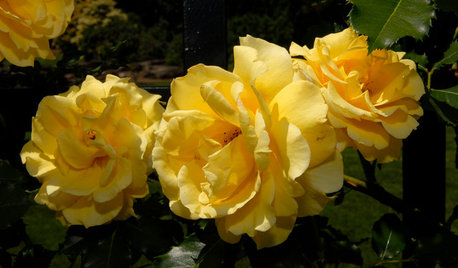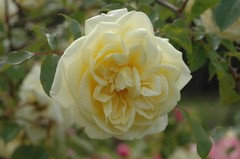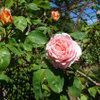yellow rose leaves, clay soil, please advise me, soil experts...
luxrosa
10 years ago
Featured Answer
Comments (15)
roseseek
10 years agojerijen
10 years agoRelated Professionals
Wareham Landscape Architects & Landscape Designers · Wake Forest Landscape Contractors · Bainbridge Island Landscape Contractors · Cockeysville Landscape Contractors · Dedham Landscape Contractors · Elmhurst Landscape Contractors · Fort Myers Landscape Contractors · Hoffman Estates Landscape Contractors · Kerman Landscape Contractors · Richmond Landscape Contractors · Bakersfield Swimming Pool Builders · Buena Park Swimming Pool Builders · Redding Swimming Pool Builders · St. Louis Siding & Exteriors · Tigard Siding & Exteriorsroseseek
10 years agojerijen
10 years agostrawchicago z5
10 years agocatspa_NoCA_Z9_Sunset14
10 years agoannesfbay
10 years agoroseseek
10 years agocatspa_NoCA_Z9_Sunset14
10 years agoannesfbay
10 years agoroseseek
10 years agoluxrosa
10 years agoluxrosa
10 years agoroseseek
10 years ago
Related Stories

GARDENING GUIDESHow to Stop Worrying and Start Loving Clay Soil
Clay has many more benefits than you might imagine
Full Story
FARM YOUR YARDHow to Get Good Soil for Your Edible Garden
The nutrients in your soil feed the plants that feed you. Here are tips on getting it right — just in time for planting season
Full Story
WINTER GARDENINGPruning Secrets for Exquisite Roses
Encourage gorgeous blooms year after year with this time-tested advice on how to prune your rosebush in winter for health and shape
Full Story
FALL GARDENING5 Ways to Put Fall Leaves to Work in Your Garden
Improve your soil and yard the organic way with a valuable garden booster that grows on trees
Full Story
GARDENING GUIDES9 Clay-Busting Native Flowers for Summer Sun
These plants survive and even thrive in tough clay soil east of the Rocky Mountains
Full Story
GARDENING GUIDESGreat Design Plant: Silphium Perfoliatum Pleases Wildlife
Cup plant provides structure, cover, food and water to help attract and sustain wildlife in the eastern North American garden
Full Story
GARDENING GUIDES5 Favorite Yellow Roses for a Joyful Garden
Make 'cheery' the name of your garden game when you order your roses sunny side up
Full Story
FARM YOUR YARDHow to Grow Vegetables in Containers
Get glorious vegetables and fruits on your patio with a pro’s guidance — including his personal recipe for potting mix
Full Story
SUMMER GARDENINGHouzz Call: Please Show Us Your Summer Garden!
Share pictures of your home and yard this summer — we’d love to feature them in an upcoming story
Full Story
GARDENING GUIDES6 Native Ground Covers for Tough, Dry Spots
Sun beating down on your sandy gravel? Thick shade darkening your clay soil? There’s a ground cover here for you
Full StorySponsored
More Discussions












michaelg